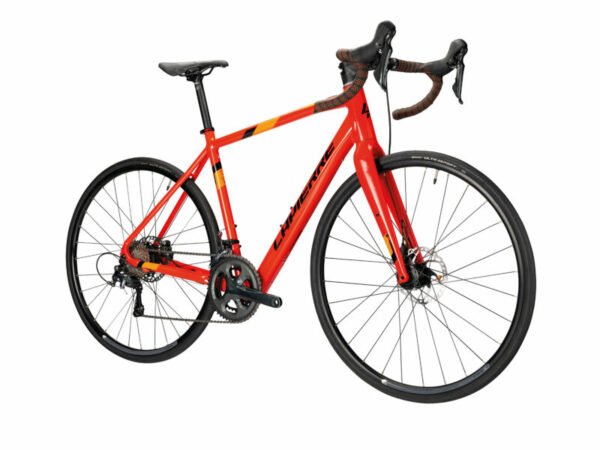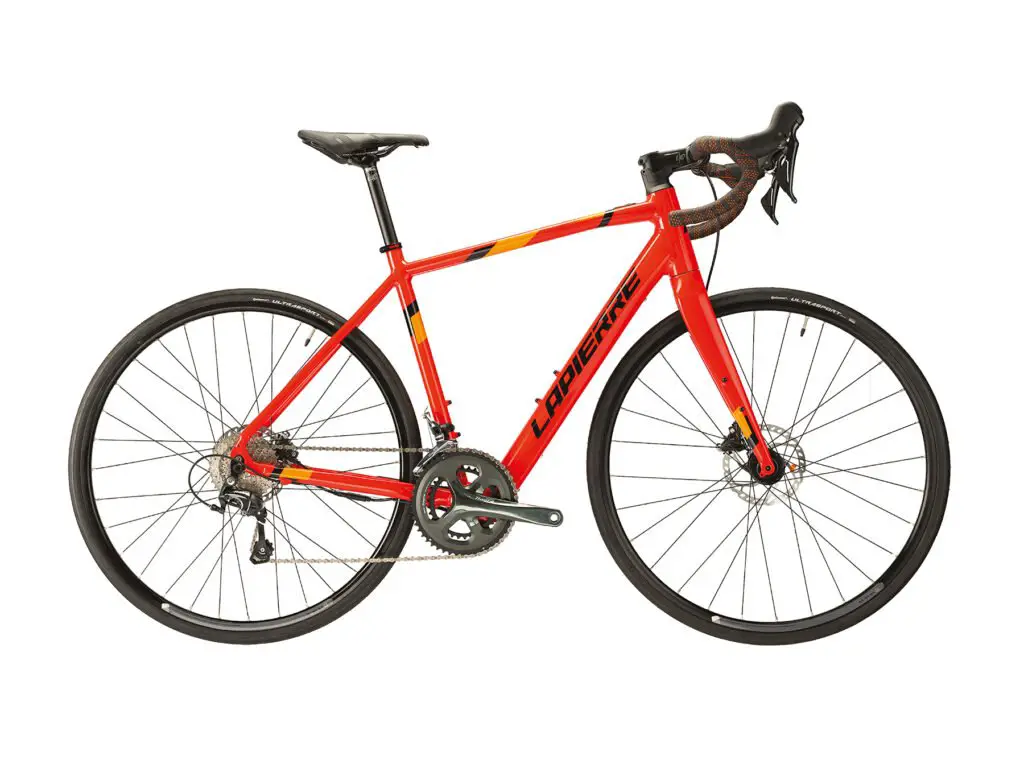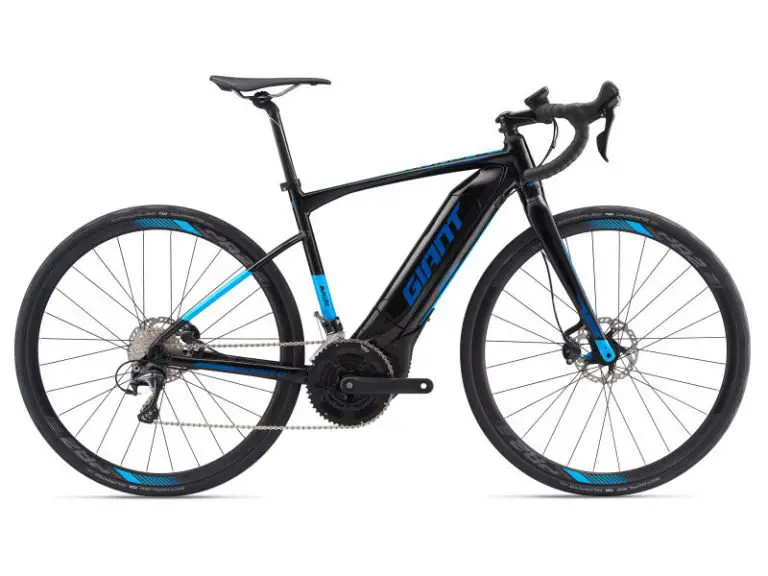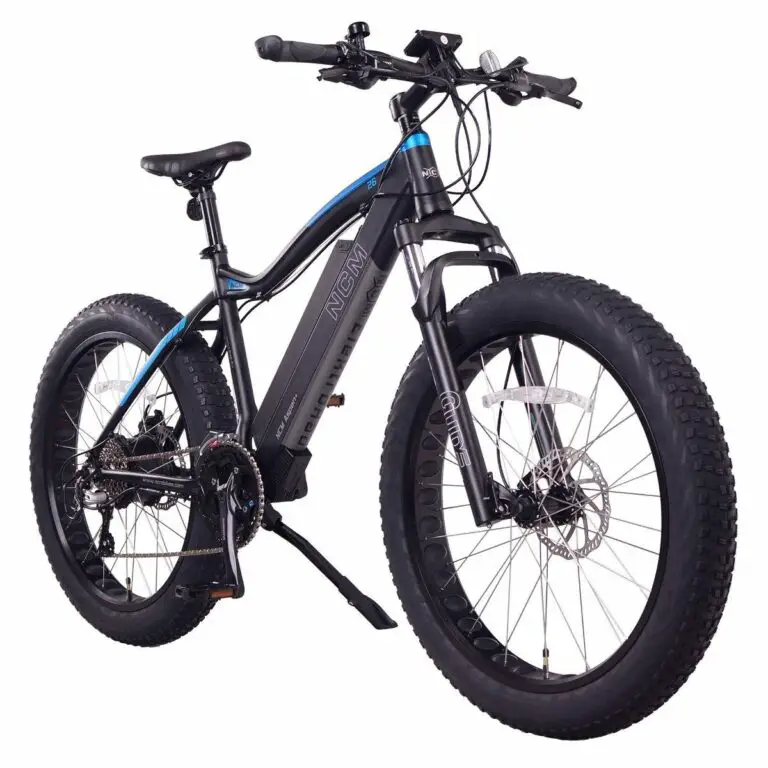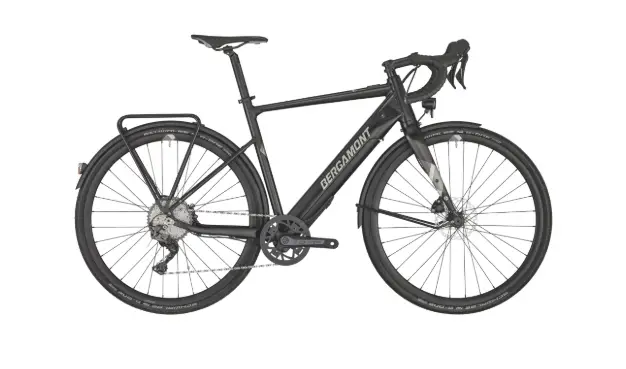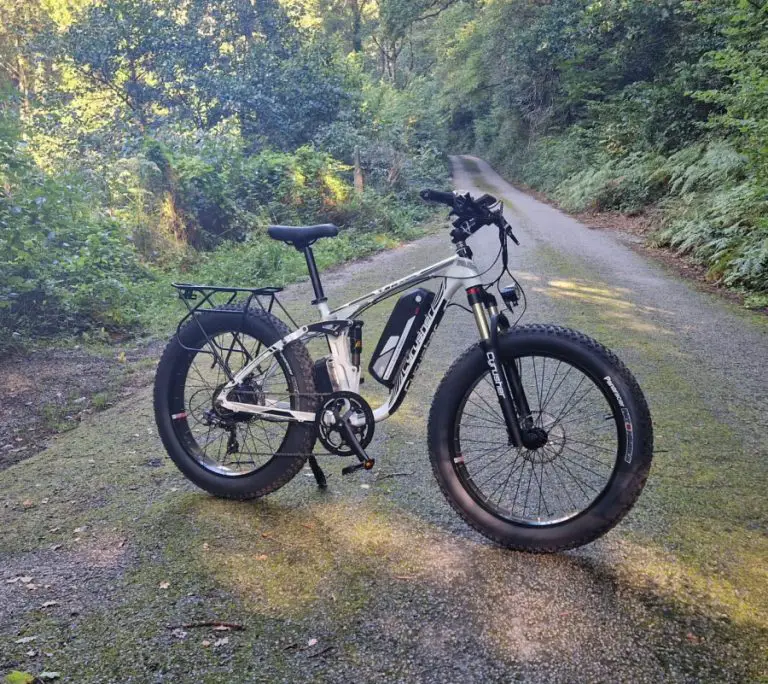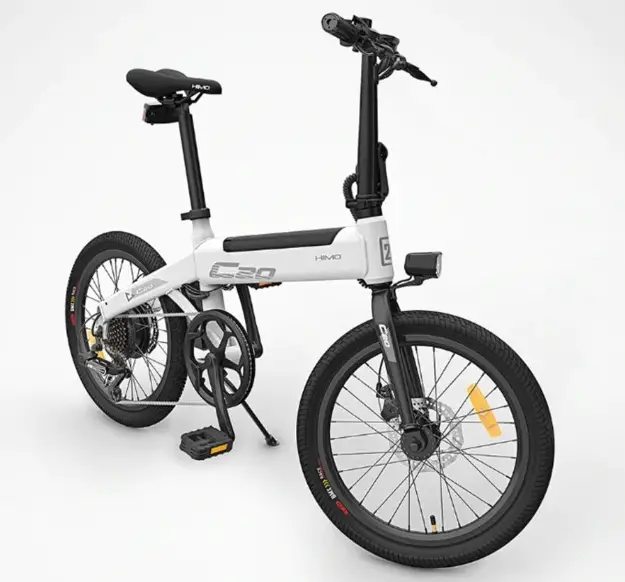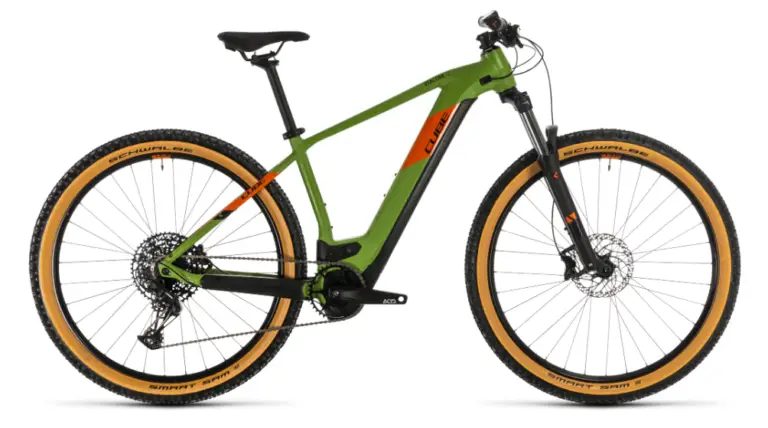When you purchase through links on our website, we may earn a commission. Affiliate disclosure.
E-Road bikes are a really hot topic at the moment, and all of the major manufacturers now have electric road bikes in their line-up. Well-respected French company Lapierre has been producing excellent e-MTBs for a while now and has recently released a whole range of e-road bikes. In this review, I will be looking at the E-Sensium 300, which is their entry-level electric road bike.
Summary
At a list price of £2349, the Lapierre E-Sensium 300 Disc is firmly in Orbea Gain territory, at first glance the spec doesn’t look too bad for the price. It uses the same X35 ebikemotion system as the Orbea and has the benefit of Shimano’s latest 10-speed Tiagra groupset with hydraulic brakes. The frame geometry is geared towards comfort and it looks like a good all-around electric road bike. But how does it fair against the competition, in what is becoming a very competitive e-bike market sector?
Price-wise it comes in at £50 cheaper than the Tiagra-equipped Orbea Gain D40, and looking at both bikes side by side, there are subtle differences in the geometry. Lapierre quote a weight of 14.8kg which is a bit heavier than the Orbea, but on the whole, I would say the E-Sensium 300 is a good alternative. Let’s have a closer look at the components and specifications.
Electric Components
As with all electric road bikes, the weight and integration of the e-bike system is the biggest hurdle to overcome. Lapierre has chosen the sensible option on the E-Sensium with the tried and tested X35 ebikemotion drive system.
X35 ebikemotion e-assist
For those of you unfamiliar with the ebikemotion system, it was first used on the Orbea Gain back in 2018 and is now used on loads of e-road bikes ranging from Bianchi’s Aria E-road to Cannondale’s latest SuperSix Evo Neo. The main benefit of this system is it only weighs in at 3.5kg. The 250Wh (watt hour) battery is concealed within the downtube and the small 250-watt hub motor sits in the rear wheel.

But what about the power? Well, if you’re looking for the kind of boost you would get from a Bosch or Shimano Steps electric bike motor, you’re going to be bitterly disappointed. If, on the other hand, you don’t mind riding a heavier bike and only use the assist to give you the occasional ‘nudge’ up a steep climb, then the ebikemotion is a good system.
I have ridden several bikes with this motor fitted and I don’t notice much (if any) drag with the motor when it is switched off. I’ve heard a lot of people say: what’s the point in having a heavier e-road bike when you’re only going to use the assist occasionally? This is a matter of personal preference.
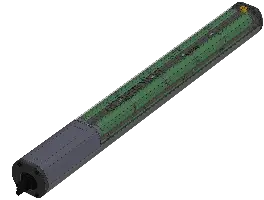
I’m used to riding heavier steel road bikes, and I’ve ridden a few of these e-bikes on hilly terrain, and it’s fair to say that on the flat you don’t really notice the extra weight much, on the descents it can even work in your favour.
The only time the extra weight is a bit of a hindrance is on long steep climbs (with a flat battery). I find with the ebikemotion system, even just using Eco mode can make a big difference on a climb, this will give enough of a push to overcome the weight penalty and add around 100 very useful watts of pedal assist.
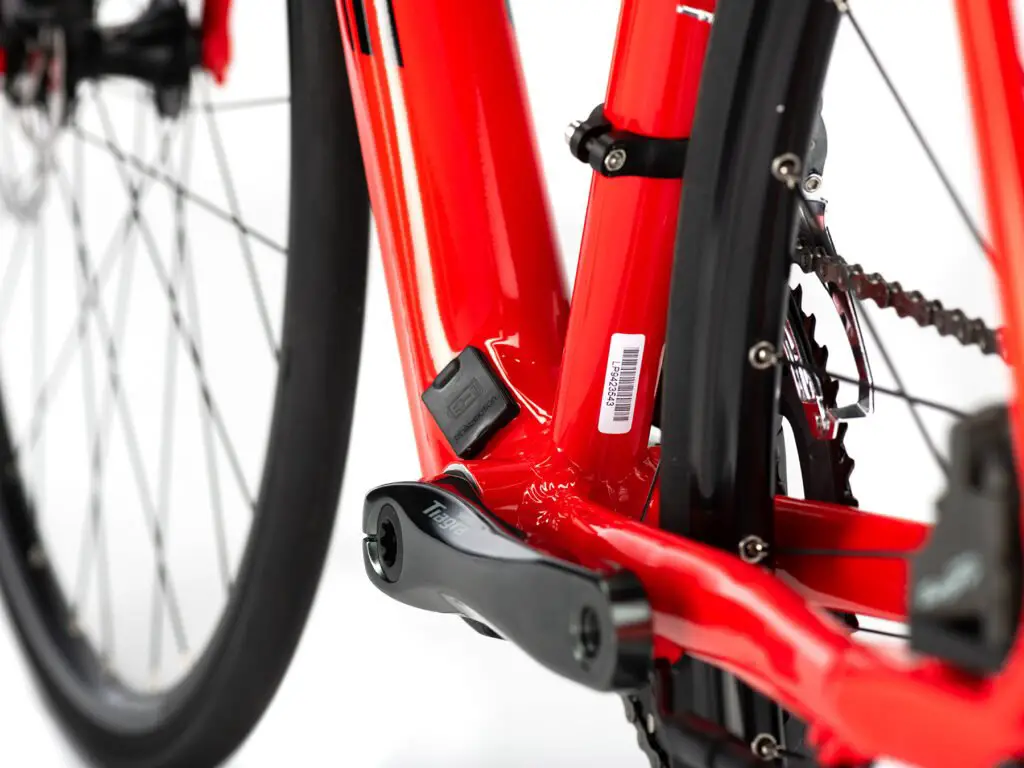
Despite the comparatively low battery energy capacity, a 90kg rider using the assist only when needed should see a range of between 50-70 miles out of a single charge.
Find out more about the X35 ebikemotion system here.
Bike components
E-road bikes generally share components with their non-electric counterparts. The Lapierre E-Sensium 300 is no exception. With Shimano’s latest incarnation of their popular Tiagra Groupset, along with good quality Lapierre finishing kit and wheels, the E-Sensium is hard to distinguish from its non-assisted stablemates.
Gearing
For 2019 / 2020 Shimano has released upgrades to their popular road bike groupsets. One of the main benefactors is their middle-tier 10-speed Tiagra, which now benefits from hydraulic brakes and a long-cage rear derailleur capable of handling a 34t low on the rear cassette. I recently fitted an 11-36 rear cassette to a friend’s bike and the latest Tiagra rear mech handled this fine (with a little adjustment of the ‘b’ screw).
As far as shifting is concerned, the latest Tiagra BR4720 shifters worked flawlessly, this is all thanks to trickle-down technology and design from high-end groupsets like Dura-Ace.
Brakes
The Tiagra flat-mount hydraulic brakes with 160mm rotors, offer excellent bite and great modulation making you feel a lot more confident on steep, winding descents. I have ridden loads of road bikes fitted with hydraulic brakes (assisted and regular) and I must say I’m a big fan. My old touring rig has inadequate cantilever brakes, and the Ultegra rim brakes on my old carbon Focus are great in the dry, but soon lose that bite in the wet.
Wheels and Tyres
The Mach1 820 wheelset is a solid, dependable choice the rear wheel has the integrated M1 electric motor, and the front wheel uses a Fast Ace hub with sealed bearings. The front wheel is a regular thru-axle design, and the rear wheel can easily be removed by unplugging the 6-pin motor connector and loosening the quick release with a 6mm Allen Key.

Continental Ultra Sport II 700 x 28c tyres are fairly entry-level, but they are decent enough tyres. I had a set of these fitted to a road bike a couple of years back, and they rolled well and were durable enough – even riding canal towpaths.
Frame
Lapierre has always made nice frames and the frame on the E-Sensium 300 is no exception. It’s designed for comfort and long days in the saddle. The frame is neatly finished with smooth welds and fully internal cable routing. The paint finish is excellent and looks very durable.
Finishing Kit
All of the finishing kit is Lapierre except the Selle Italia X3 boost saddle. The stem has integrated cable routing, giving the bike a very clean look. The only cable visible from the front is the front brake cable, all the other cables are neatly hidden away.
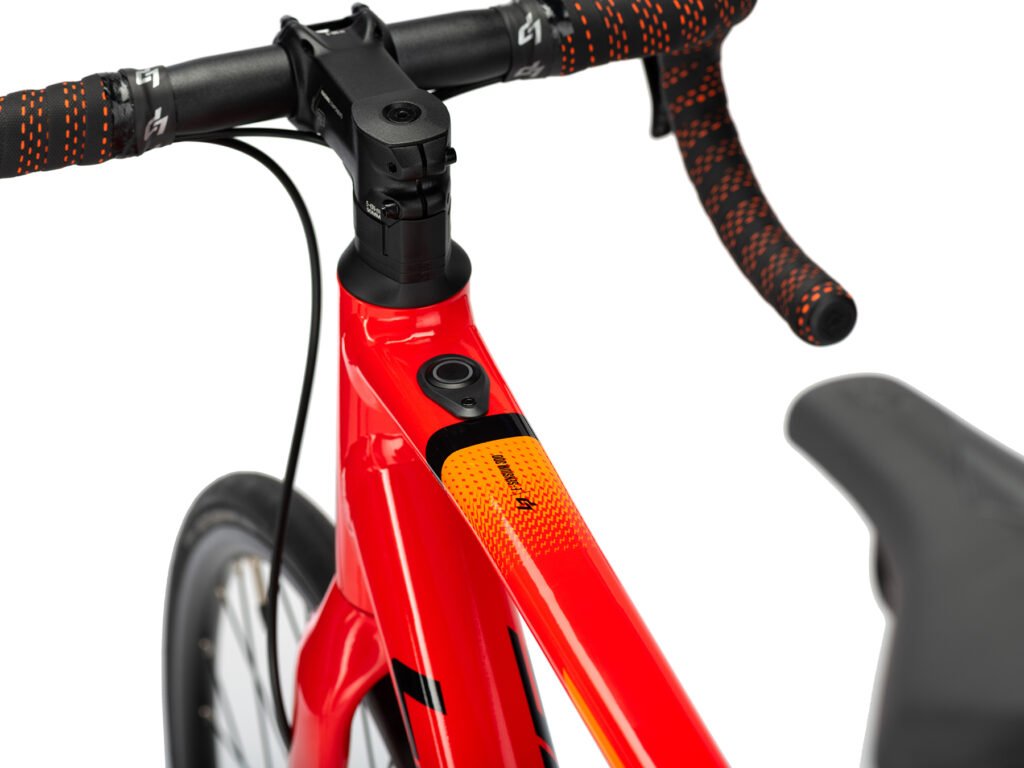
Specification:
Who is the Lapierre E-Sensium 300 aimed at?
As with other electric bikes in this category, I would say the Lapierre E-Sensium 300 is aimed squarely at recreational riders who are looking for a bit of extra help for maybe no more than 30-50% of the time. It could be argued that the extra weight of the bike would mitigate any benefit from the e-assist, but I would have to disagree.
Having ridden numerous X35 ebikemotion-powered road bikes, the extra weight is only really evident if you are pushing hard on a climb without the assist switched on. For most would-be riders, this would defeat the object – I only tested this out as I wanted to see if the extra few kg’s made much difference (with the motor off). Some of the heavier mid-drive electric bikes are an absolute pig to pedal when the battery runs flat, but you won’t have that problem with the E-Sensium.
The Lapierre would also be of great benefit as a daily commuter bike. You could even use it for a spot of touring, a rear rack can be fitted, along with mudguards.
Conclusion
I like the Lapierre E-Sensium 300, it’s a very nice-looking bike for starters and its clean lines are helped by the fully integrated cable routing. Although it’s marginally heavier than the similarly specced Orbea Gain D40, it is £50 cheaper making it a very tempting alternative.
I’ve always liked Lapierre bikes, and the E-Sensium would make an excellent entry into the world of electric road bikes. Its main competitors are the aforementioned Orbea Gain D40 and also the excellent Ribble CGR AL e which at £2399 is excellent value and has Shimano 105 groupset.
If weight is an important deciding factor, then the Lapierre loses out in this department as it is heavier than both the Ribble and Orbea (by over 1kg).
All in all, the E-Sensium 300 is a good option. It’s competitively priced, looks great and uses tried and tested components.
**The 2021 model is now available – it remains largely unchanged apart from a different colour scheme.
Learn more about the Ribble CGR AL e

